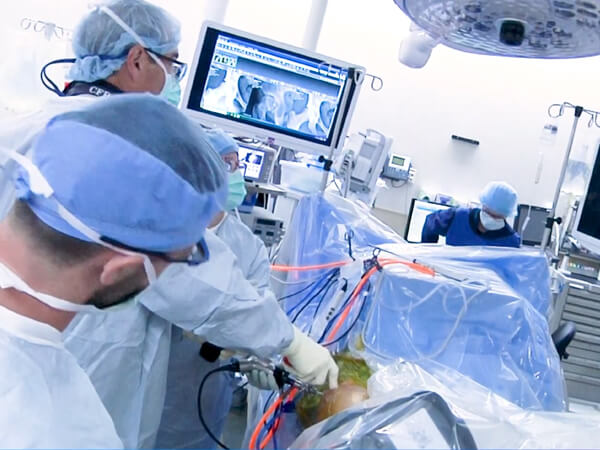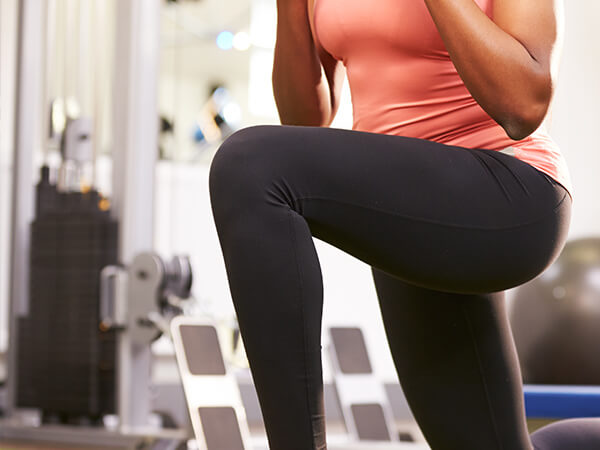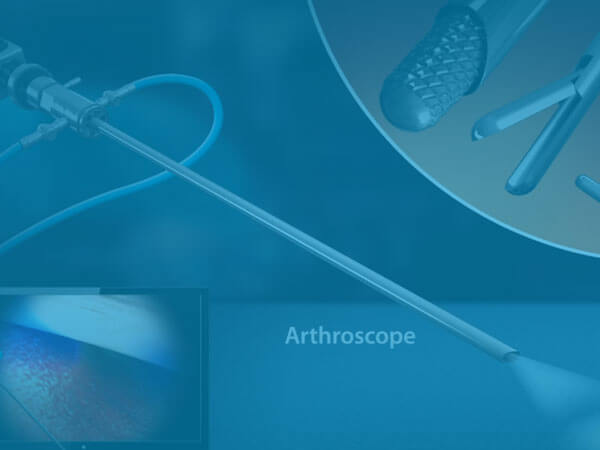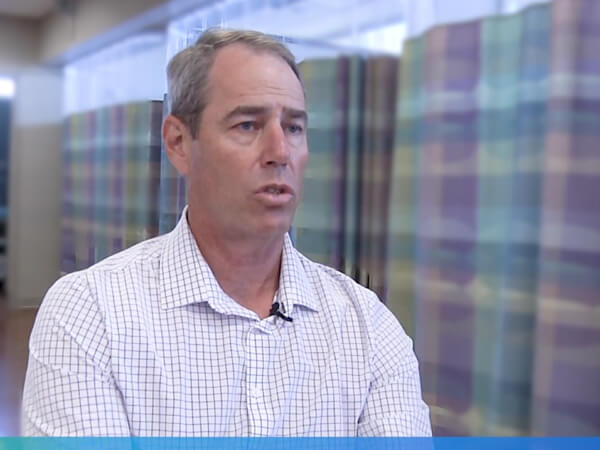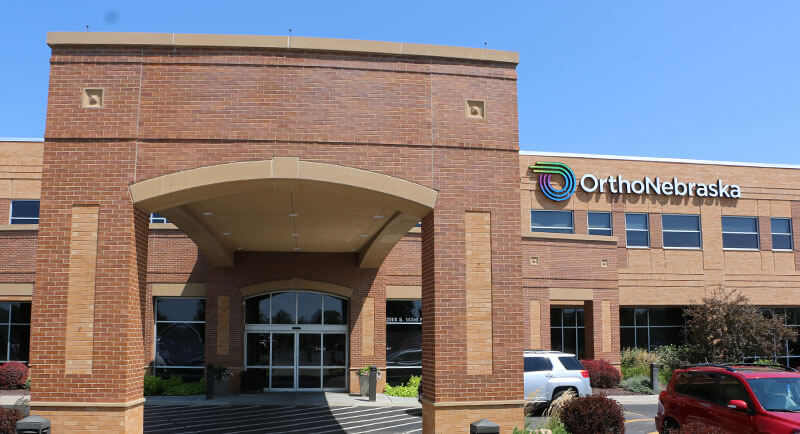What is Hip Arthroscopy?
Hip scopes are a minimally-invasive surgery using an arthroscope, thus leaving a smaller incision and scar. Instead of open surgery, these devices use a camera, light and the tools needed to perform the surgery through small incisions. The surgeon and his team use these tools to repair the hip joint: the ball, socket and cartilage or labrum.
Anatomy of the Hip Joint
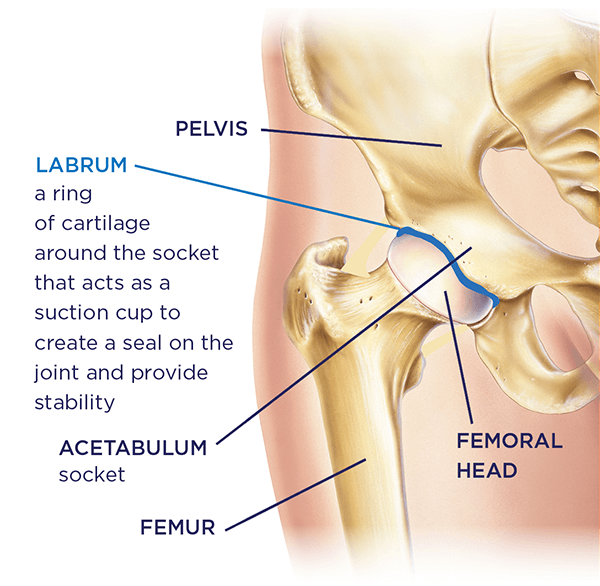
Who Should Have a Hip Arthoscopy?
A hip arthroscopy is generally recommended if there is extensive evidence of damage to the hip joint or if rest, physical therapy, medications, or injections are unsuccessful in treating the symptoms of pain, catching or lack of motion in the hip in younger people, mostly under 50, with some exceptions. Older patients are generally better served by a hip replacement. Hip arthroscopy is considered a potential treatment for the following conditions
- Hip impingement or Femoroacetabular impingement (FAI)
- Labral tears of the hip
- Hip instability
- Loose bone or cartilage
- Snapping hip syndrome
How Well Does Hip Arthroscopy Work?
The vast majority of patients have very successful outcomes with this surgery. In the past decade, improvements in various surgical techniques (repair, augmentation and reconstruction) have led to better outcomes. Combining research with personal experience, we believe about 90 percent of patients can expect to see at least marginal improvement, with 80 percent seeing significant improvement and being highly satisfied. A 10 percent or less minority of patients may encounter complications, need additional surgery, or continue to experience symptoms. Recovery can sometimes feel slow, and dedication to a proper physical therapy and home exercise regimen is a key success factor in returning to a high level of function.
At OrthoNebraska, Dr. Burt works during the procedure to customize his approach to ensure the optimal outcome for each patient based on his findings. These options include:
- Rim trimming for pincer impingement
- Femoroplasty for cam impingement
- Labral repair for patients with good tissue quality and bulk
- Labral augmentation using donated tissue for patients with decent quality but lacking enough tissue
- Labral reconstruction using a graft for irreparable or severely lacking tissue
What Can I Expect When I Have a Hip Arthroscopy?
You may need a pre-surgical physical to make any necessary accommodations based on your health history. When you arrive at the hospital, you’ll speak to your surgeon and anesthesiologist. You are likely to be put to sleep (general anesthesia) and be placed face up for the operation. A special device is used to place the legs and hips in the correct position for the surgeon to access your joint.
The actual procedures last about 2-3 hours, and you will likely be able to leave 2-3 hours after the completion of the procedure. A physical therapist will help show you the safest way to get around following surgery, using crutches and a hip brace. You will need a responsible adult to drive you home and stay with you overnight. Crutches may be necessary for most day-to-day tasks for a few weeks, and you won’t be able to do a deep squat (example: picking up children) for three months. We’ll give you an at-home exercise regimen to aid in your recovery before you start physical therapy. You’ll able to resume driving regardless of your surgical hip once you are off narcotic medications, you can sit comfortably, and — if applicable — you can safely control your surgical leg.
You’ll follow up with Dr. Burt’s team after three weeks (or closer to six weeks if you live farther away). You will also likely be able to return to office work and begin physical therapy at one to two weeks.
Full recovery will usually take four to six months, depending on the individual’s case. You are likely to experience minor symptoms for up to one year. Adherence to guidelines and step-by-step improvements and effort in physical therapy will be key factors should you desire to recover more quickly.
In short, expect to be back to normal daily activities quickly, but getting back to strenuous activity or sports will take some time and effort.


